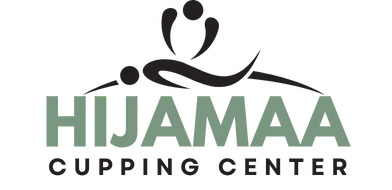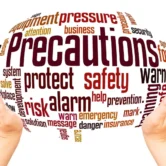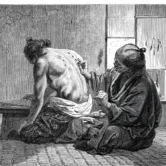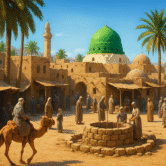Pre and Post Hijama Precautions: A Complete Guide for a Safe Experience
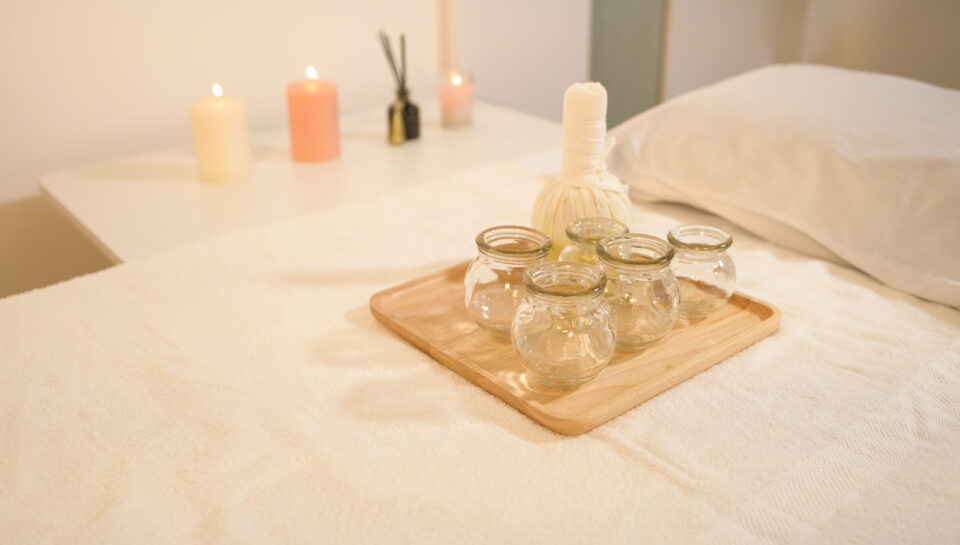
Hijama (wet cupping therapy) is not just a physical healing technique—it is also deeply spiritual, particularly within the Muslim community. To ensure its effectiveness and safety, proper preparation and aftercare are essential. Below is a step-by-step guide for what to do before and after a Hijama session.
Pre-Hijama Preparation
Fasting or Light Meal
It is recommended to fast or have a very light meal 2–3 hours before your Hijama session. This helps reduce nausea and supports detoxification. Drink plenty of water to stay hydrated and aid toxin removal.
Avoid Strenuous Activity
Avoid intense workouts, heavy lifting, or any strenuous activities before your appointment. A calm and rested body responds better to treatment.
Share Your Medical History
Inform your practitioner about:
- Any medications you are taking
- Allergies or bleeding disorders
- History of fainting, seizures, or chronic illnesses
Spiritual Preparation
If you suspect you are afflicted with black magic or jinn, inform your practitioner in advance. Hijama is a spiritual healing method rooted in Sunnah. Believe in its healing with trust in the way of Prophet Muhammad (PBUH).
Consult Your Doctor
If you have any major health concerns, consult with your healthcare provider before undergoing Hijama therapy.
Post-Hijama Precautions
Rest and Relaxation
After your session, avoid all physical strain. If you feel dizzy or lightheaded:
- Lie down immediately
- Raise your legs
- Stand up slowly after 10–15 minutes
Stay Hydrated
Continue drinking water to flush out toxins and support the body’s healing process.
Avoid Certain Activities
For 24–48 hours, refrain from:
- Heavy exercise
- Swimming
- Hot baths, saunas, or ice baths
- Submerging cupping areas in water
Wound Care
- Gently wash the cupping sites with soap and water
- Do not scrub the area
- Monitor for signs of infection: redness, swelling, or pus
Additional Tips and Aftercare Notes
- Cupping marks usually fade within a week, but small scratches may take longer.
- Mild scarring is rare but can occur, especially in sensitive skin types.
- Feeling sleepy or drowsy after Hijama is normal—listen to your body and rest.
- If you notice pain, discomfort, or unusual symptoms, contact your practitioner immediately.
Final Thoughts
Hijama is both a spiritual and physical healing therapy. By following proper preparation and aftercare steps, you maximize its benefits while ensuring a safe and soothing experience. Stay hydrated, stay rested, and let your body heal in peace.
